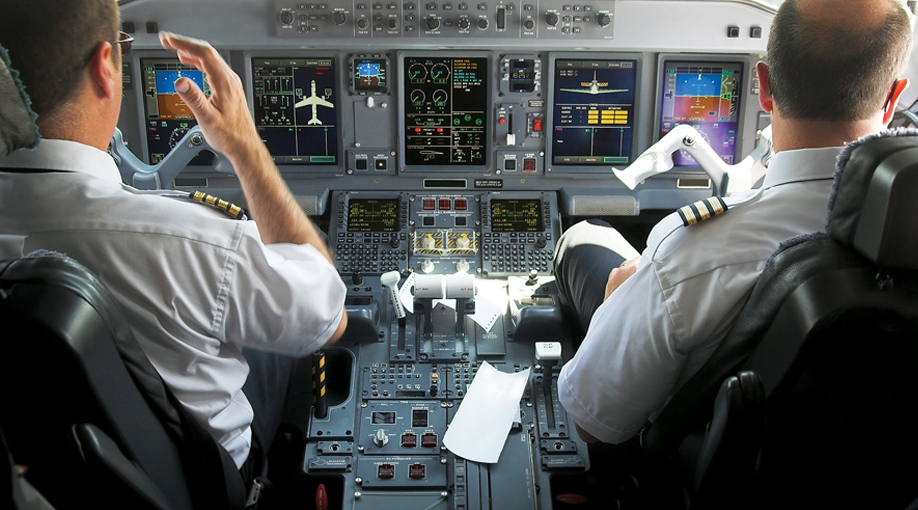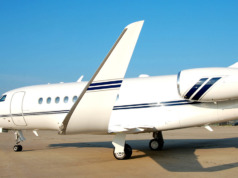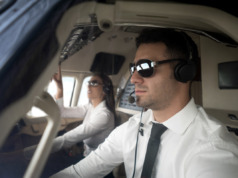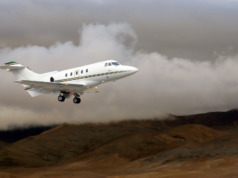
Predicted for years but postponed until recently, the severe pilot shortage now is upon us.
With the economy improving, the stock market up, and healthier retirement accounts, an increasing number of senior aviators are retiring. The initial effects of the FAA’s 2007 age 65 rule, which raised the mandatory retirement age from 60 to 65, have run their course, and the active commercial pilot population has stabilized at a level sufficient to meet current commercial air travel requirements.
But today, talent is rapidly draining out of the more experienced pilot pool, and the inward flow is not robust enough to satisfy projected demand, for several reasons:
- Flying for the airlines no longer is a career magnet for the young. Being a modern day airline pilot is not a glamorous job with great compensation and benefits.
- Choosing flying as a career is more difficult because of the greatly increased investment needed to acquire enough flight hours and ratings to qualify for a well-paid position.
- The military is not churning out pilots into the workforce as it did during the ’70s.
There is competition for talent between and within each segment of professional aviation: business aviation (corporate and on-demand air taxi/charter), cargo/freight transport (FedEx, UPS, et al.), and the scheduled airlines (major and regional carriers).
Standing by and ready to fly also is “on duty.”
But the pilot shortage does not have to affect you. Here’s why:
The less desirable segments of aviation are having the hardest time winning the career competition. At the entry level, flying freight for the small haulers is hard work with poor pay. The same goes for flying for small charter companies and regional airlines. As a result, the major airlines and the big cargo haulers are targeting their recruiting efforts on each of these segments to fill their empty seats, knowing that they need offer only minimal advantages in work load or career opportunity to meet staffing requirements.
Business aviation can present the most favorable working conditions for pilots, enabling you, the owner, to attract the more experienced professional — so long as you are willing to offer them a good quality work life and reasonable compensation.
Quality of work life for pilots is widely misunderstood. The chairman of a multi-billion dollar company recently told me he wants to come back as a pilot because “they have it so easy.” Ironically, our meeting was about pilots leaving because of excessive workload.
This executive thought of pilot workload strictly in terms of hours flown. But, in business aviation, hours flown is only a small part of pilot productivity — more correctly defined by days worked, and the definition of that work.
Luckily, your airplane easily can support your busy schedule because it has the capacity to fly 365 days each year (less about 5% for scheduled and unscheduled maintenance).
Conversely, a pilot’s maximum duty capacity is about 225 days per year (after subtracting weekends, holidays, vacation, sick days, and training days). “Duty” does not mean flying every day.
If you want your airplane ready to go year round, it takes 730 pilot days (365 days times two pilot seats). If a pilot has 225 days of duty capacity, it will take 3.24 pilots to support your expectation. To arbitrarily declare that a “no fly” day equals a day off for a crewmember is like telling a fireman he didn’t work just because the alarm bell didn’t ring.
A good quality of work life requires balance between work and personal time, as well as feeling respected and appreciated. When these factors are present, money becomes a less important part of the equation.
Given a high quality of work life, you can attract and keep the best and brightest by paying market wages. Market plus 25% is unnecessary, as there are not many good jobs out there, and a lot of good people who want them.
But unless you provide a great work environment and market compensation, you will have to pay a premium, and even that will not be enough to keep the best and brightest pilots.
And if you can’t attract and keep the best and brightest, who is going to fly your plane? BAA
Pete Agur, Jr. is chairman/founder of The VanAllen Group, a management consulting firm specializing in the business of business aviation. With an MBA and a BS in Aeronautical Sciences, he is an NBAA Certified Aviation Manager.




